Magna Carta link to Tree of the Year competition
- Published

A Royal Oak where the future King Charles II once hid is on the shortlist
A tree which stood at the time of Magna Carta and another with links to the time of Christ have been shortlisted in the Tree of the Year competition.
The Woodland Trust's annual contest will decide which specimen represents the country in the Europe-wide event.
The final winner of the England heat will be decided by public vote, external.
This year's list includes yew trees, ancient oaks, hawthornes and the sycamore under which the Tolpuddle Martyrs first met.
Experts at the Trust whittled down 200 public nominations to four shortlists for each country in the UK, with the winner from each region competing in the European event, external.
The Scottish list includes an oak said to have been visited separately by both William Wallace and Rob Roy, while Northern Ireland's list includes an avenue of trees used in Game of Thrones.
Meanwhile the Welsh list includes two of the oldest trees in the UK, reputed to be almost 5,000 years old.
England's Tree of the Year finalists
Old Man of Calke, Derbyshire
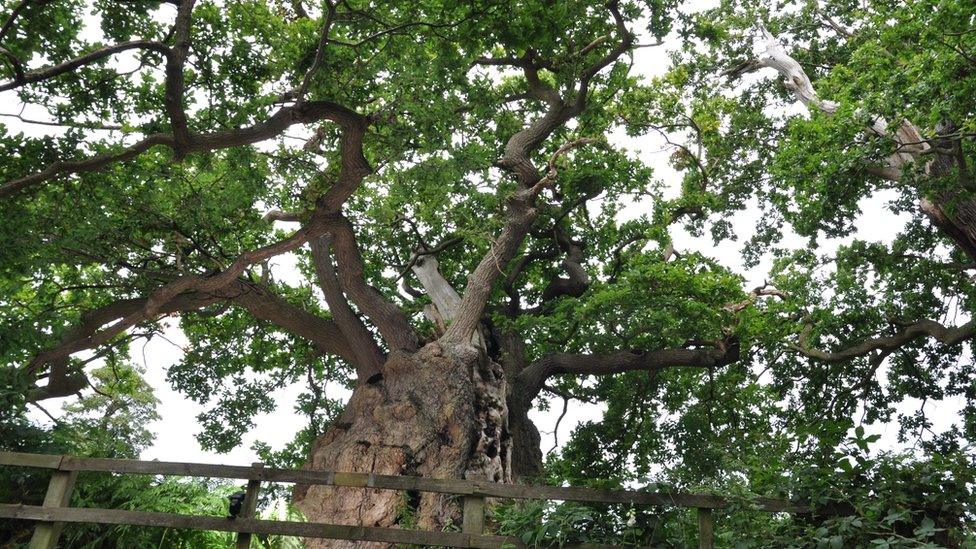
Calke Park is a haven for ancient trees with the oldest an oak called The Old Man of Calke, thought to be between 1,000 and 1,200 years old. The average age of a large oak in the UK is about 200 years.
Ankerwycke Yew, Runnymede
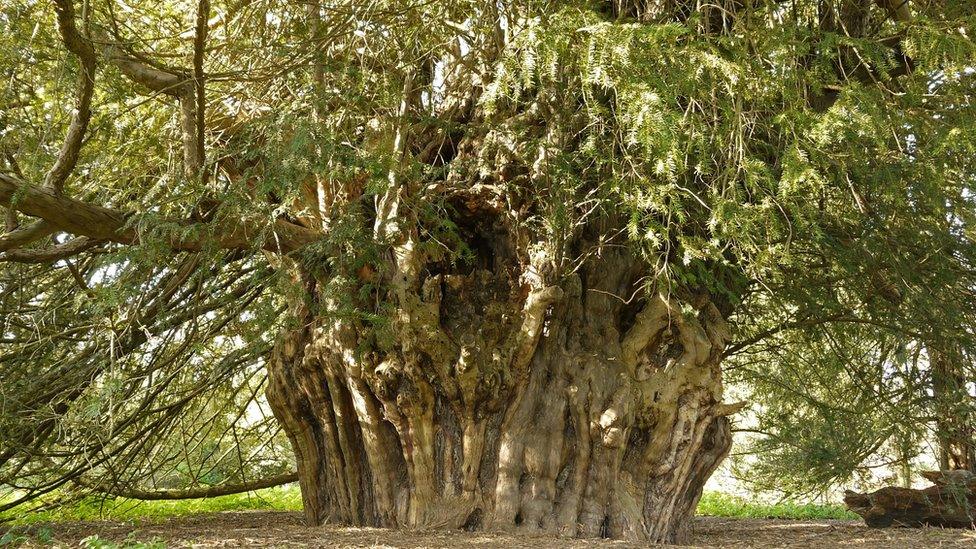
This ancient yew could be 2,500 years old and is close to the site where King John sealed Magna Carta at Runnymede - although some argue it was under the Ankerwycke tree's shadow.
It is also said to be the spot where Henry VIII courted Anne Boleyn.
Martindale Yew, Cumbria
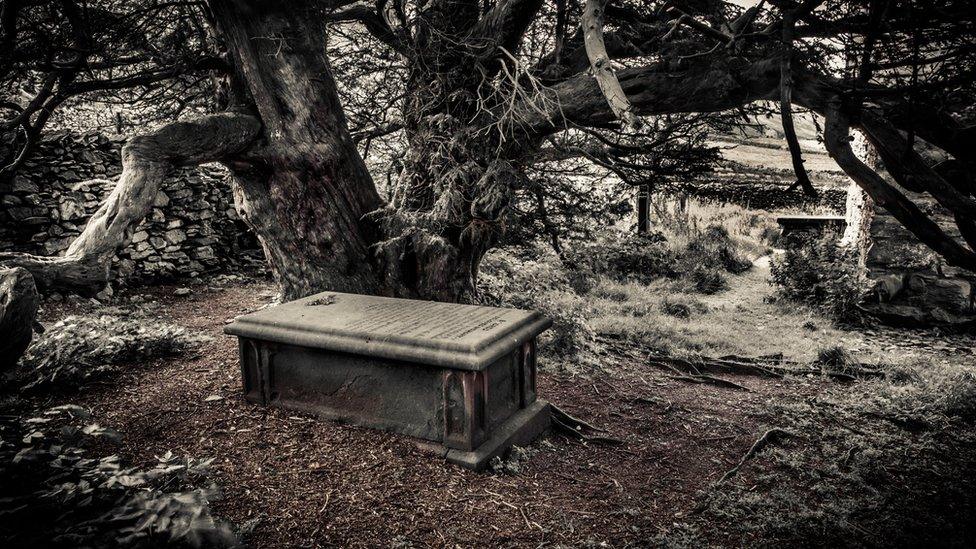
This tree in St Martin's Church, Martindale, Cumbria is believed to be at least 800 years old. The nearby church has a bell with an untranslated Nordic rune cast into it and an altar apparently made from meteorite.
Glastonbury Holy Thorn, Somerset

According to legend Joseph of Arimathea, an uncle of Jesus, thrust his staff into the ground at Wearyall Hill in Somerset where it took root as a hawthorn tree.
It was chopped down in the Civil War but descendants survive at Glastonbury Abbey from where a flowering spray has been sent to the Monarch each Christmas since the 17th Century.
Lime tree in Linford Manor Park, Milton Keynes

A recent survey revealed many of the trees in Linford Manor Park are more than 300 years old and are considered significant because of their relationship to the design of the 18th Century grounds.
Boscobel Oak, Shropshire

A Royal Oak where the future King Charles II once hid is on the shortlist
This venerable oak is a descendent of the tree the future King Charles II hid in following his defeat at the final battle of the English Civil War in 1651 at Worcester.
The young Charles attempted to flee to Wales but had to seek refuge in Boscobel where he hid first in a tree and then in a priest hole.
Tolpuddle Martyrs' Tree, Dorset
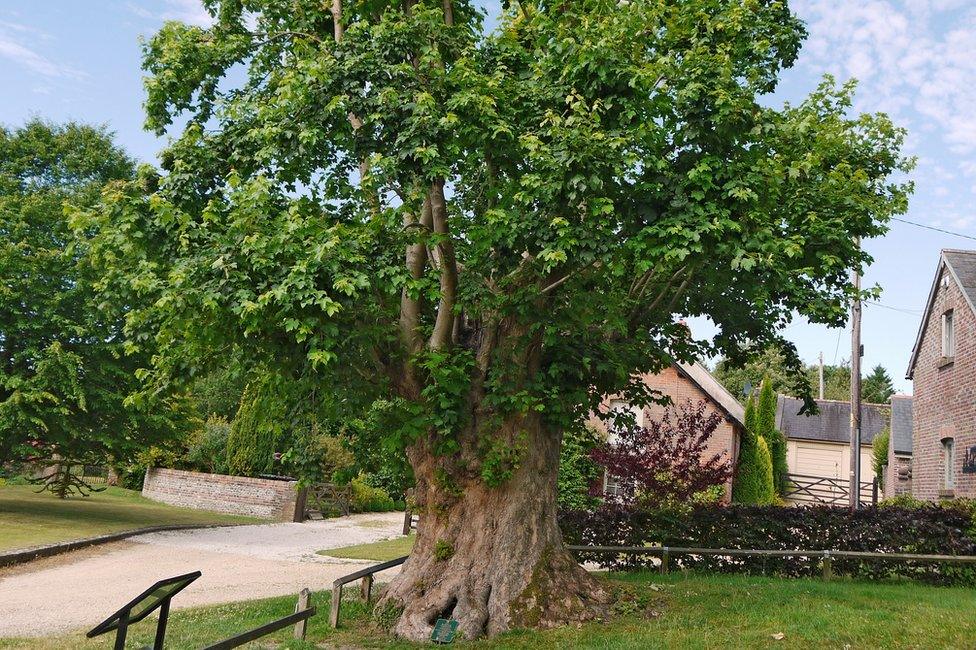
In 1834, six farm labourers were sentenced to seven years in an Australian penal colony after a meeting under a large sycamore in Tolpuddle to talk about falling wages.
There was a public outcry and their actions laid the foundations for trade unions. The large hollow tree - estimated to be 330 years old - is now a place of pilgrimage for trade unionists.
Acklington black poplar, Northumberland
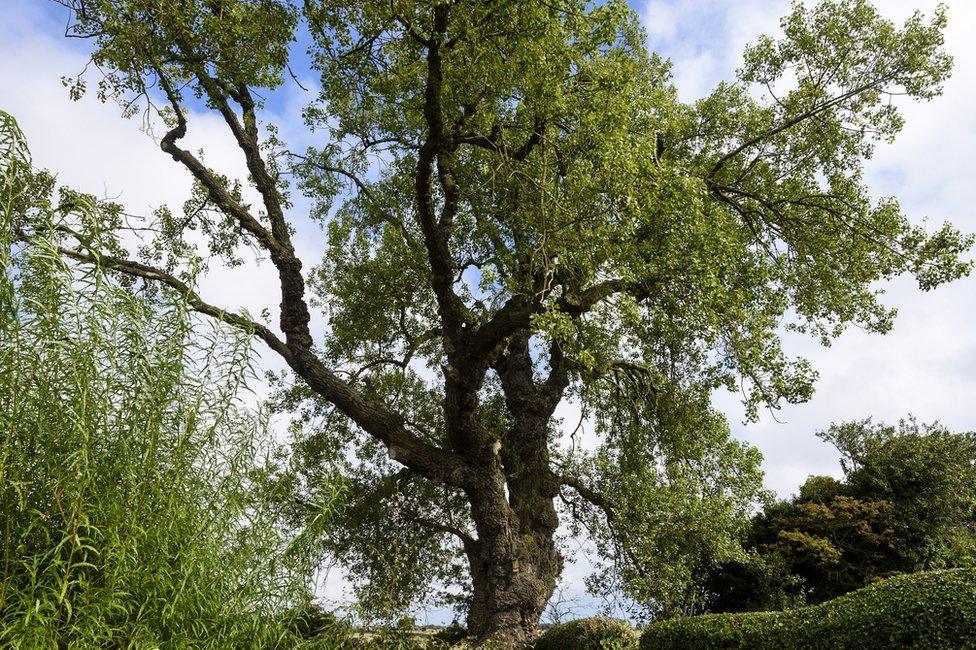
The black poplar is one of the rarest native trees in the UK, with only 2,500 thought to be left.
This fine example is in the grounds of Acklington School and is estimated to be between 250 and 300 years old. It was saved from felling in 2010.
Cubbington Pear Tree, Warwickshire
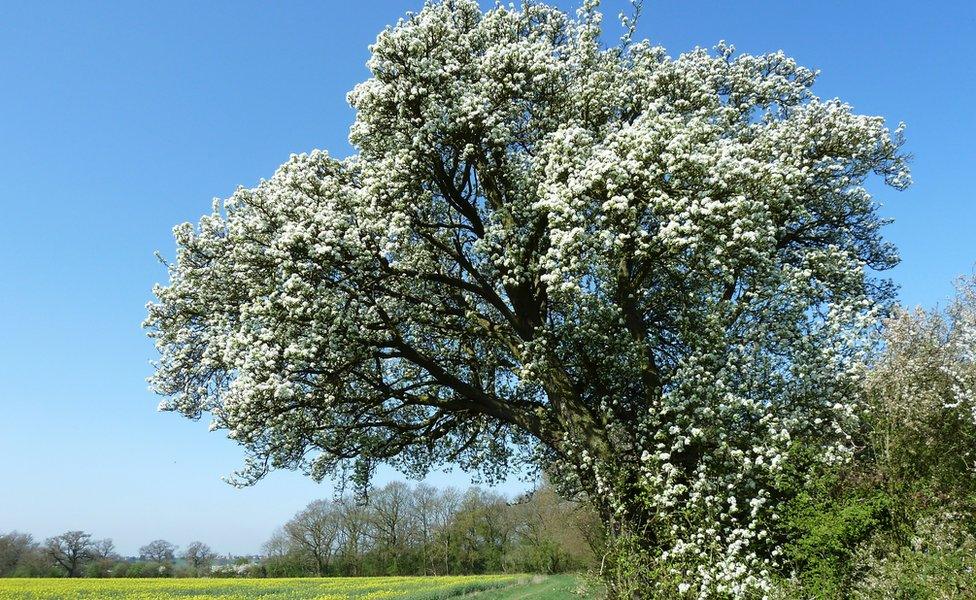
Believed to be over 250 years old, this is thought to be the largest wild pear tree in Warwickshire and the second largest in the UK. The tree sits on the proposed HS2 route.
Lime tree, Merseyside
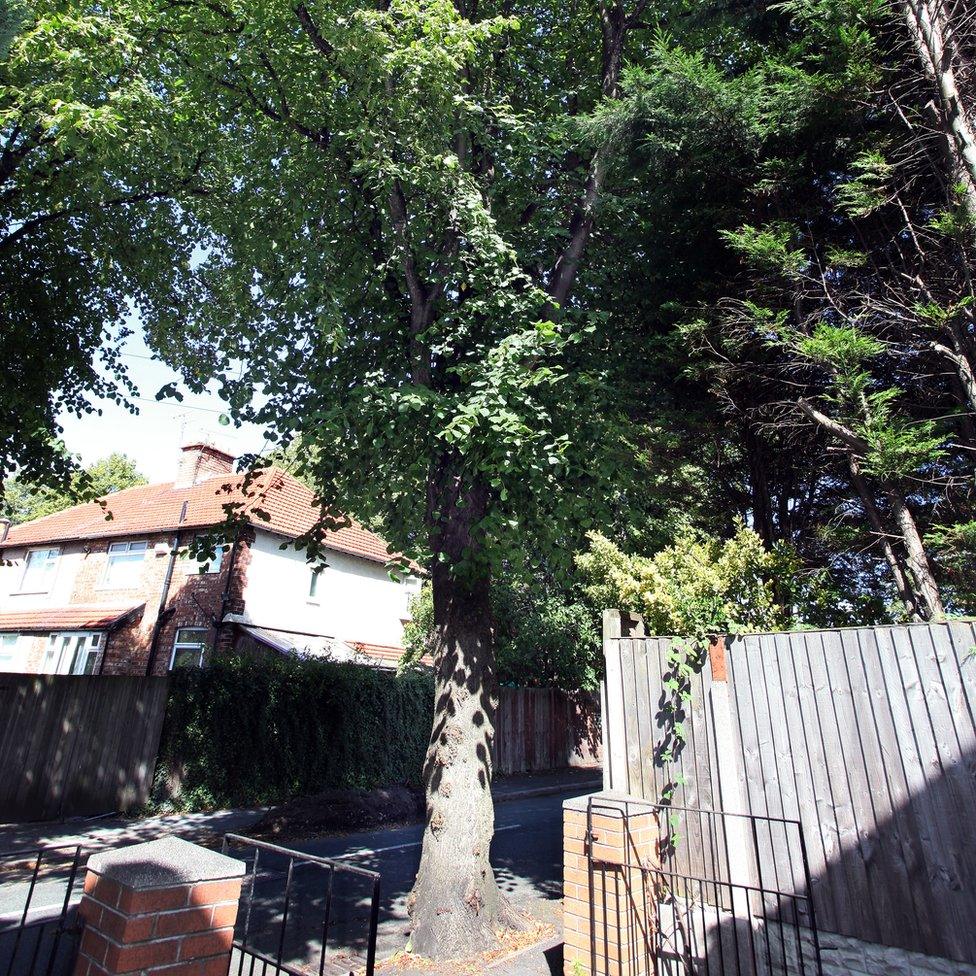
The tree has grown outside the house of Judith Clark in Litherland for 27 years. Ms Clark is housebound and said it had enriched her life greatly as she watched the changing seasons.
- Published5 March 2015
.jpg)
- Published14 November 2014
.jpg)
- Published27 October 2014
